As of mid-2025, the United States has approximately 248 gigawatts (GW) of installed solar photovoltaic (PV) capacity, according to Wood Mackenzie report “US Solar Market Insight: 2024 year in review” published by Solar Energy Industries Association (SEIA).
Even as the growth rate has decreased in the first half of 2025, the total number of solar panels in operation is already estimated at over half a billion. Most modern panels will require replacement at the end of their 25–30-year lifespan; replacements under a preventive maintenance are made at 15-20 years.
The U.S. market for solar panel replacements in 2025 has already reached tens of millions of panels and given the head-spinning growth of installations in the past decade (almost 100 times from 2010 to 2025), this number will double annually for the next 10 years.
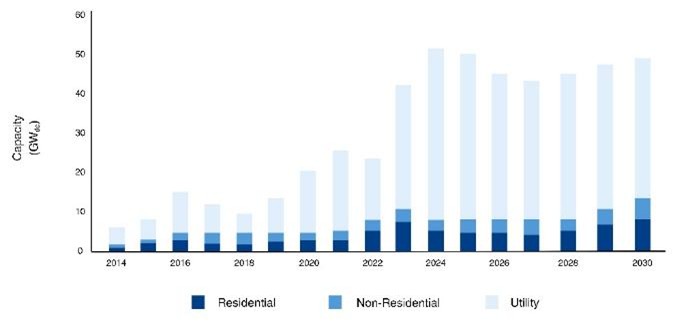
Custom-sourcing replacement solar panels, inverters, batteries for BESS and other components of solar system is not always simple – availability of specific parts is a big issue.
Surplus solar equipment helps minimize downtime
Supply-chain hurdles of the past years, long lead times, and compatibility of replacement parts with the installed system can disrupt operations for weeks or even months. Transformers are notoriously hard to order faster than 80 (!) weeks in advance, and newer models are often not compatible with the installed system.
This is where solar installers and solar farms’ owners benefit from the professional services to custom-source matching solar panels and other components, like transformers, inverters, battery storage, BESS containers, switchboards, etc. Surplus solar equipment companies can offer matching products compatible with the installed system and with each other, even from multiple manufacturers.
Surplus solar equipment can help solar plants developers, owners and maintenance companies reduce the operations downtime from necessary upgrades and urgent replacements.
What are surplus solar panels
Surplus solar panels refer to unused or second-life panels from overstocked inventory, decommissioned projects, or upgrades to newer technologies. They provide affordable options for smaller projects or replacements, making solar projects more cost efficient and solar energy more accessible to a broader audience.
Where do surplus PV system components come from? Cancelled projects, solar farm upgrades, overstocked inventory from manufacturers, decommissioned systems, maintenance replacements, market consolidation and company liquidations events.
The surplus solar panel market is experiencing rapid growth. In the United States, over 5.4 million solar modules, equivalent to approximately 2.13 gigawatts (GW), have been listed for resale from 2020 to 2024. This surge in surplus availability is further supported by both the United States’ and global manufacturing overcapacity.
Weather events
The rising frequency and severity of hurricanes, floods, heatwaves and snowstorms (often attributed to climate change) are affecting the reliability and efficacy of solar PV systems. Even though modern PV plants are constructed to withstand progressively extreme weather conditions to ensure consistent and safe performance, they are still susceptible to damage from gale-force winds. Hail can damage solar PV systems by directly impacting them or by leaving debris that causes water accumulation on the panels. Lightning is a serious cause of damage to solar photovoltaic installations: modules, inverters and other electrical apparatus.
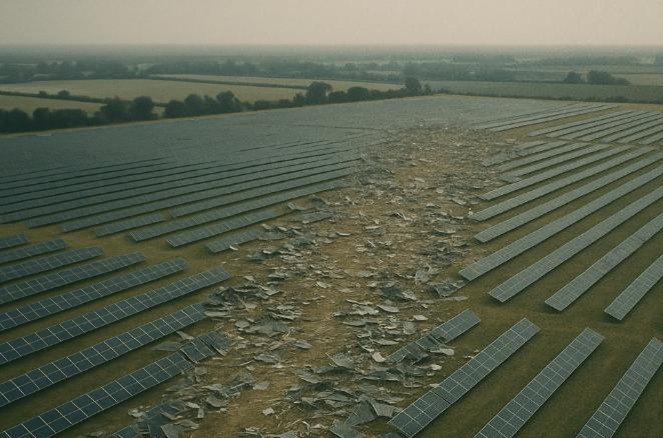
Image: Bluewater Battery Logistics
Changing technology
Researchers are constantly working to improve the efficiency of solar cells so they can convert more sunlight into electricity. This is achieved through advancements in materials like silicon, perovskites and organic photovoltaics.
The downside of the rapid technological advancements is that the modern solar panels are not always directly compatible with older, lower-wattage panels due to differences in electrical characteristics, physical dimensions and system requirements.
Environmental impact
Cost savings and environmental benefits of using surplus solar panels are significant, particularly when considering the growing issue of solar panel waste. According to the International Renewable Energy Agency (IRENA), the cumulative volume of solar panel waste is projected to reach 60 to 78 million tons by 2050.
Maintenance and “repowering” the solar systems with matching panels can be tied in one project with recycling of damaged panels. This makes a lot of economic sense, especially for remote or isolated solar plants, e.g. Bermuda.
Using surplus panels helps avoid the carbon emissions associated with manufacturing new panels. These benefits make surplus solar equipment an important driver of sustainability and cost efficiency in the renewable energy sector.
Surplus solar panels help extend system lifecycle
Reuse of surplus panels supports the principles of circular economy, significantly reducing electronic waste and promoting sustainability. As demand for second-life solar products continues to rise in both developed and developing markets, the availability of these surplus panels not only supports maintenance of existing installations but also facilitates the growth of new solar projects, ensuring that the industry can adapt and thrive amidst ongoing challenges.
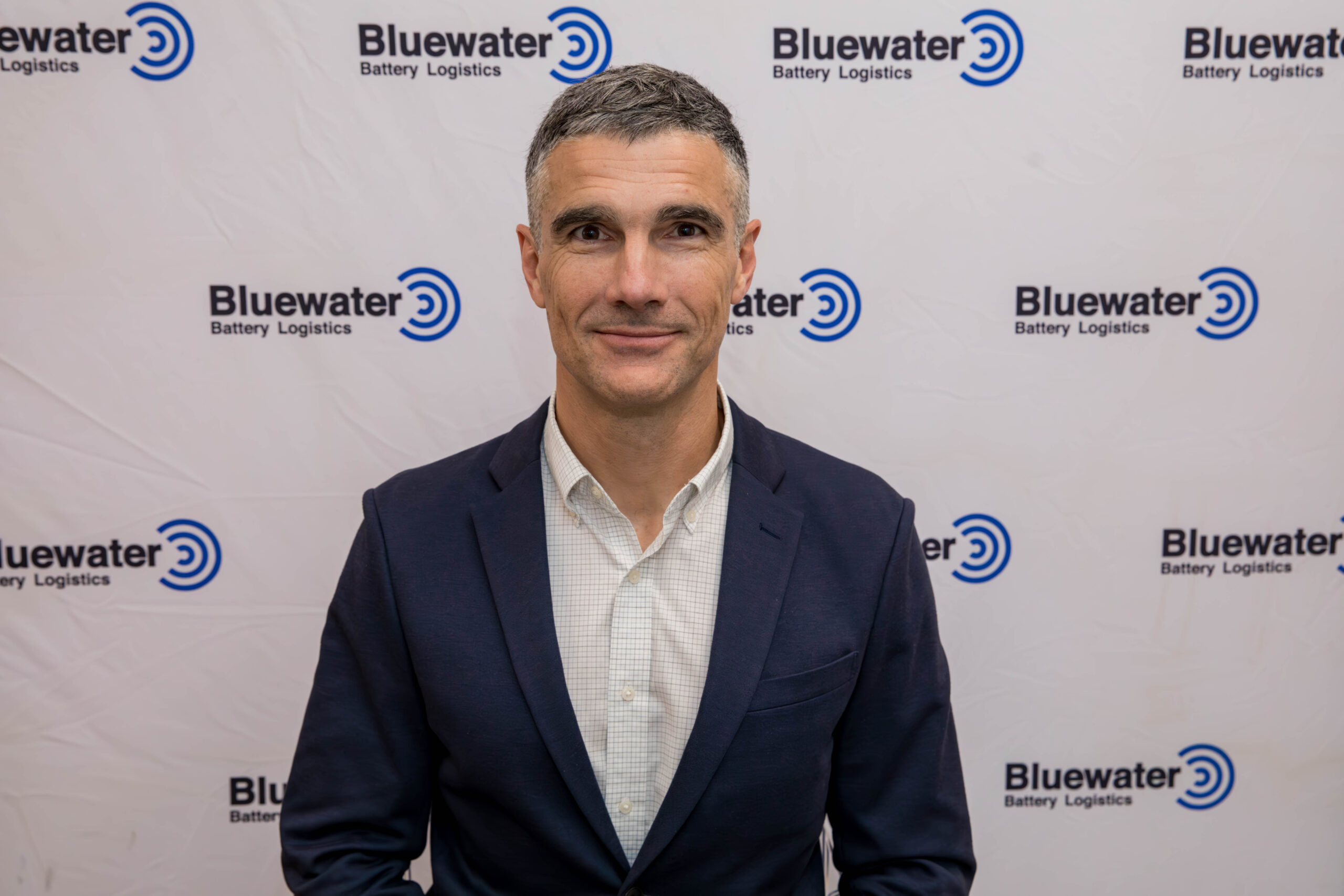
Maxim Khabur is a Director of Marketing at Bluewater Battery Logistics, one of the U.S. leading operators in the second-life battery market. Formerly, Maxim led marketing at OneCharge Lithium Batteries, and was elected Chairman of the Advanced Energy Council, representing a group of companies – members of the MHI.org (Materials Handling Industry) Association.
The views and opinions expressed in this article are the author’s own, and do not necessarily reflect those held by pv magazine.
This content is protected by copyright and may not be reused. If you want to cooperate with us and would like to reuse some of our content, please contact: editors@pv-magazine.com.
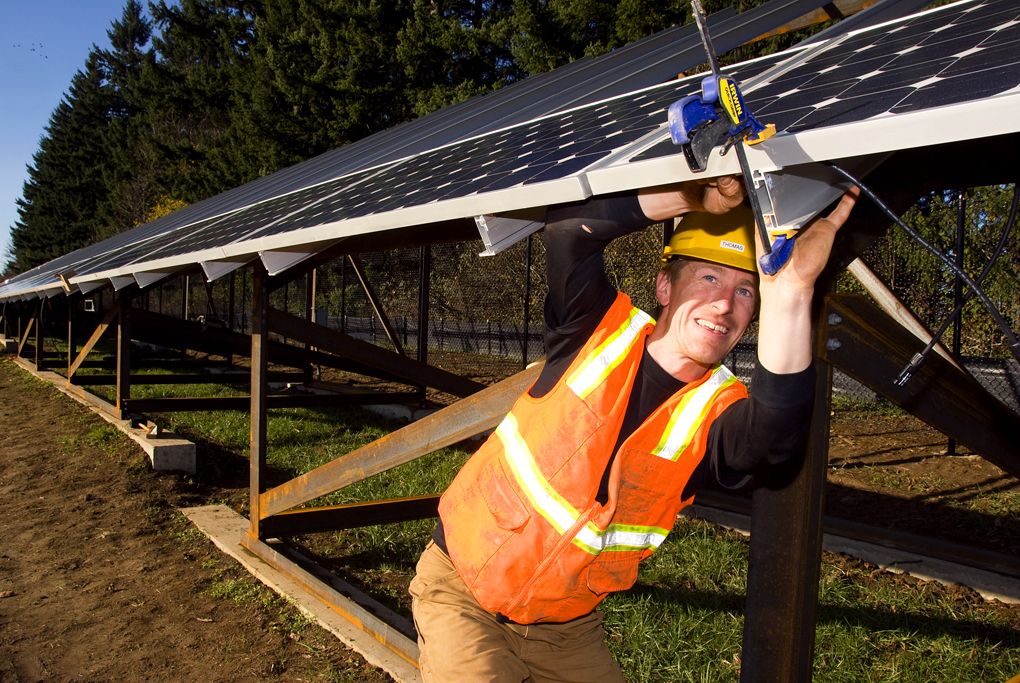


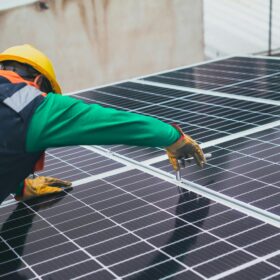

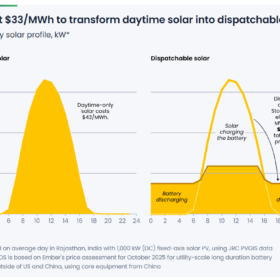
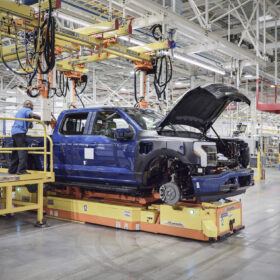

It looks like that image of tornado strike on a solar plant is AI generated – am I right? If its authentic, where/when was this storm?